Phu Yen pushes its promise via planning
At a conference on announcing plans for socioeconomic development and ensuring national defence and security in the north-central region and central coast, which took place in the neighbouring province of Binh Dinh in February, Dr. Tran Du Lich acknowledged that the central coast provinces are similar in terms of development conditions.
“Every locality has seas, rivers, and mountains, and each has enough conditions for strong development based on those conditions,” Lich said. “However, localities must know how to identify their differences to create a competitive advantage in attracting investment and developing their local economy.”
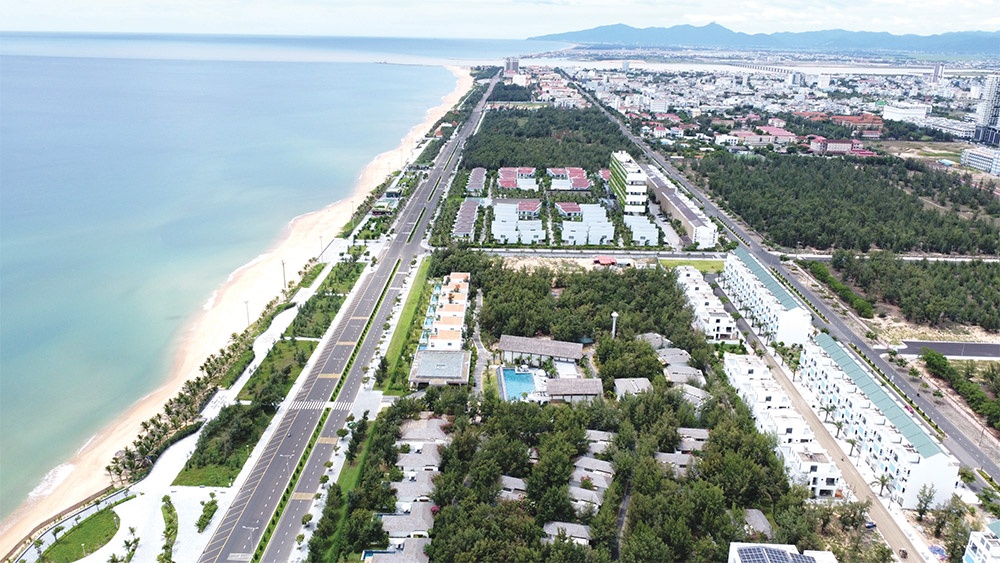 |
| Phu Yen’s long coastline is just one of many, factors that will offer new advantages this decade |
From this perspective, Phu Yen leaders have identified why the province has a lot of potential but still does not have adequate development. According to Le Tan Ho, Standing Deputy Chairman of Phu Yen People’s Committee, the answer now lies in the content of provincial planning for the rest of the decade, which has now been approved by the government.
“Phu Yen needs to rely on its unique characteristics of natural and cultural resources to create a foundation for breakthroughs and priorities,” Ho said. “The locality evaluates and analyses its distinct characteristics, finding its natural and cultural advantages compared to other provinces in the central coast region.”
Identifying product sectors that are unique, distinctive, have high value, and are competitive in the marine and industrial economy, tourism, and high-tech agriculture are a must, Ho added.
Tracking down the unique factors that make a difference has helped Phu Yen planning shape the direction in alignment with the pillars of one supporting belt, two development corridors, and three key areas.
Explaining this formula, Vo Dinh Tien, director of the Phu Yen Department of Planning and Investment, noted the auxiliary belt attached to National Highway 19C. “As a parallel development area along highway 19C connecting Binh Dinh and Dak Lak provinces, this is a region with great potential in culture, history, and national security and defence,” Tien said.
According to Tien, the two driving corridors are the coastal corridor and the east-west corridor. In particular, the coastal corridor is the area with the greatest potential for development in urban areas, industry, tourism, and aquaculture. The east-west corridor will build agriculture, forestry, ecotourism, and logistics services.
“Meanwhile, the three key areas are oriented to include the north, south, and west of the province. Based on the specific advantages of each region, Phu Yen is oriented to build specific sectors such as tourism, resorts, the marine economy, and industry,” Tien explained.
Elsewhere, the South Phu Yen Economic Zone (EZ) is one of the marine EZs being established, but overall development has slowed in recent times.
Nevertheless, it has received a lot of investment attention in the past. Notably, Hoa Phat Group is promoting investment in the metallurgical complex and Bai Goc port. In the future, if this project is formed, it is likely to create a great attraction for supporting industries.
Phu Yen province planning identifies industry as a key sector and a driving force for the economy, with the South Phu Yen EZ the recipient to realise this vision. Accordingly, the province will prioritise the development of driving industries associated with the marine economy, expanding existing industries in the direction of refined products, high-tech content, less environmental pollution, and high added value.
Phu Yen will focus on a number of industries with competitive advantages such as metallurgy, petrochemical refining, energy production, chemicals, agro-forestry-fishery product processing, mechanical engineering, and digital technology.
Another field considered a sector that needs a breakthrough for Phu Yen’s economy is services and tourism. Phu Yen has emerged as a top destination for domestic and foreign tourists thanks to its wild beauty and many scenic spots such as Xuan Dai Bay, Dien Cape, Bai Xep Beach, and O Loan Lagoon, among others.
Tourism in Phu Yen province is hoped to become a key sector, a driving force for socioeconomic development, and boast a system of infrastructure and tourism services that is synchronous, modern, and rich in cultural identity.
The new plan also clearly defines island resort tourism as the main focus, developing it in a high-end, specialised direction, along with meetings industry, cultural, community, and agricultural tourism.
Besides tourism services, Phu Yen will take advantage of the sea and is an important gateway to the Central Highlands to focus on logistics services associated with Tuy Hoa airport, Vung Ro port, and Bai Goc deepwater port, to name a few.
| Pham Dai Duong, Secretary Phu Yen Party Committee
Phu Yen’s official planning for this decade provides long-term orientation and can activate the potential and advantages to bring the province to sustainable development. I believe that, after systematic and scientific planning and clearly identifying distinct advantages, Phu Yen will have strong development. But to put the planning content into practice, Phu Yen needs the entire political system to participate. By 2030, Phu Yen will become a province with modern and sustainable development. Economic development is based on maritime advantages with the pillars of industry, high-quality service tourism, high-tech agriculture, maritime transport, and logistics. Also key is successfully implementing the goals of digital transformation, developing the digital economy, greatly improving the business investment environment, and becoming an attractive investment destination for large domestic and foreign enterprises. |
| Phu Yen goals towards 2030 - The average growth rate of regional GDP for 2021-2030 will reach about 8.5-9 per cent annually. GRDP per capita by 2030 will hit about $6,300-6,600. - Industry-construction will account for about 34 per cent; services for 46 per cent; agro-forestry-fisheries for 15 per cent; product tax (except product subsidies) for about 5 per cent. - The average labour productivity growth rate will sit at 7.0-7.5 per cent annually. - Total investment capital needs in the province for 2026-2030 will stand at $8-8.4 billion. - Total tourist arrivals to Phu Yen aim for seven million visitors, including 600,000 international visitors. - Multidimensional poverty rate must be pared down to less than 1.5 per cent. - The rate of trained workers will touch 85 per cent; the rate of workers with degrees and certificates will hit 40 per cent; the proportion of workers in the agricultural sector will drop to less than 35 per cent. - Average life expectancy will reach 75.5 years. - The rate of people participating in health insurance will hit over 98 per cent, reaching 42-44 hospital beds for every 10,000 people and 12 doctors for every 10,000 people. - The rate of communes meeting new rural standards will be over 90 per cent, and the rate of communes meeting model new rural standards will be about 30 per cent. |
What the stars mean:
★ Poor ★ ★ Promising ★★★ Good ★★★★ Very good ★★★★★ Exceptional
 Tag:
Tag:
Related Contents
Latest News
More News
- Global partnerships key to Vietnam’s IFC development (December 26, 2025 | 16:18)
- Vingroup pulls out of bid to invest in North-South high-speed railway (December 26, 2025 | 11:42)
- Strengthening supply chains through trade promotions and customs reform (December 24, 2025 | 14:00)
- PM orders investment model for North–South high-speed rail (December 22, 2025 | 17:43)
- LS Eco Energy to invest in Vietnam rare earth sector (December 22, 2025 | 17:31)
- Government moves to establish International Financial Centre (December 21, 2025 | 21:00)
- Vietnam's IFC to target global investment flows (December 21, 2025 | 18:00)
- Two national hospitals expand capacity with new facilities (December 20, 2025 | 09:00)
- Ha Tinh breaks ground on major Vingroup industrial and energy projects (December 19, 2025 | 18:24)
- EVN launches major power infrastructure projects nationwide (December 19, 2025 | 18:17)

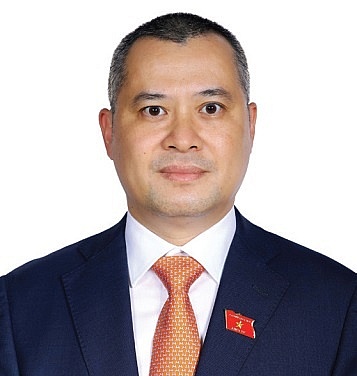
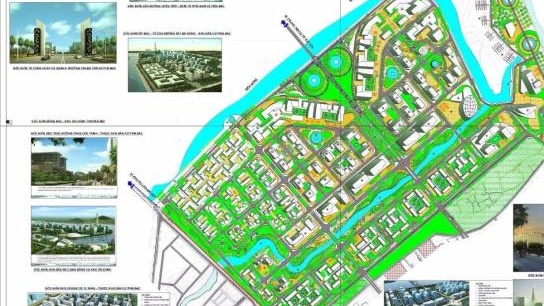
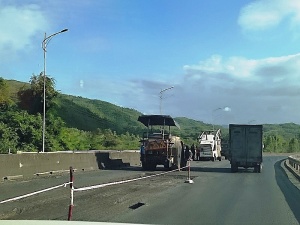
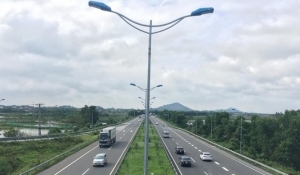
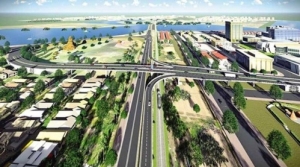
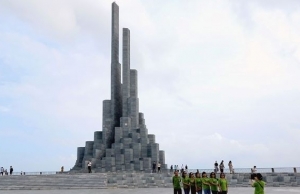





















 Mobile Version
Mobile Version